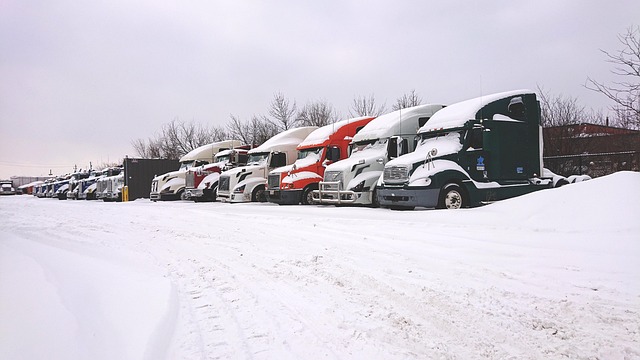Learn how to register your car in California with our step-by-step guide. First, understand the eligibility criteria and necessary requirements, including proof of insurance and ownership. Gather essential documents like your vehicle’s registration from the previous state, title, and identification. Visit a local DMV office or use their online system. Next, perform a VIN verification to ensure vehicle authenticity. Finally, complete the registration process and receive your license plate. Utilize our tips and remember to consult a dmv vin verifier for a seamless experience.
- Understand Eligibility and Requirements for Car Registration in California
- Gather Necessary Documents for Registering Your Vehicle
- Visit a California DMV Office or Use the Online System
- Perform a Vehicle Identification Number (VIN) Verification
- Complete the Registration Process and Receive Your License Plate
Understand Eligibility and Requirements for Car Registration in California

Before you begin the car registration process in California, it’s crucial to understand the eligibility and requirements. To register your vehicle, your car must meet certain criteria set by the Department of Motor Vehicles (DMV). One essential step is ensuring your vehicle has a valid and accurate Vehicle Identification Number (VIN) that can be verified through a trusted source like a DMV VIN verifier. This process helps prevent fraud and ensures only legitimate vehicles are registered.
Additionally, you’ll need to meet specific criteria such as having the required insurance, passing an emission test if applicable, and providing proof of ownership. If your car is new or imported, it might require additional paperwork and inspections. Consider utilizing a mobile VIN inspection service for convenience and to streamline the initial verification process.
Gather Necessary Documents for Registering Your Vehicle

Before heading to the DMV to register your car in California, ensure you have all the essential documents. This process often begins with gathering crucial information and proof of ownership. You’ll need the Vehicle Identification Number (VIN) from your vehicle, which can usually be found on a plate near the driver’s side door or in the glove compartment. A reliable DMV VIN verifier is useful for cross-referencing this number to ensure it matches the vehicle’s make, model, and year.
Additionally, prepare proof of identity, such as a valid driver’s license or state-issued ID card, and any required registration fees. If you’re transferring ownership, you’ll need documents from the previous owner, like a bill of sale or a completed title transfer form. For a seamless process, consider conducting a mobile VIN inspection beforehand to ensure all details are accurate, saving you time at the DMV.
Visit a California DMV Office or Use the Online System

In California, registering your car involves either visiting a local DMV office or utilizing their online system. If you prefer the traditional approach, head to any California Department of Motor Vehicles (DMV) branch where a team of professionals can guide you through the process. They offer both in-person and mobile vin verification services to ensure that every vehicle’s unique identifier—the Vehicle Identification Number (VIN)—is checked accurately. Alternatively, their online platform allows you to register your car remotely. You’ll need to input your VIN to start the registration process, which is made simple with digital tools like a mobile vin inspection or verifier. This accessibility makes it convenient for residents to manage their vehicle’s paperwork without leaving home.
Perform a Vehicle Identification Number (VIN) Verification

Before registering your car in California, it’s crucial to ensure the vehicle’s authenticity and ownership history through a Vehicle Identification Number (VIN) verification process. This step is essential as it protects you from buying a stolen or illegally modified vehicle. You can perform this check using a DMV-approved vin verifier, either online or through a mobile app, which will cross-reference your car’s VIN with national databases to confirm its status.
A reliable method for this verification includes obtaining a mobile vin inspection service that allows you to input your VIN directly from your smartphone. These services provide instant results, making it convenient and efficient to ensure the vehicle meets California’s registration requirements before completing the process at the DMV.
Complete the Registration Process and Receive Your License Plate

After submitting your application and necessary documents to the DMV, the next step is to complete the registration process and receive your license plate. This involves a few key steps. First, ensure that your vehicle has passed all required inspections, including a VIN inspection using a trusted dmv vin verifier or even a mobile vin inspector. With these checks in place, you can proceed with the registration.
Once cleared, staff at the DMV will process your application and issue your license plate. They’ll also provide you with a Registration Certificate and other essential documents. Remember to keep these records secure as they’re crucial for future interactions with the DMV or when selling your vehicle.
Registering your car in California is a straightforward process once you understand the requirements and have all necessary documents. By visiting a DMV office or using their online system, along with performing a VIN verification, you can complete the registration successfully. This ensures your vehicle complies with state standards and allows you to hit the road legally. Remember to keep your documentation up-to-date for future reference and smooth sailing on California’s highways.



